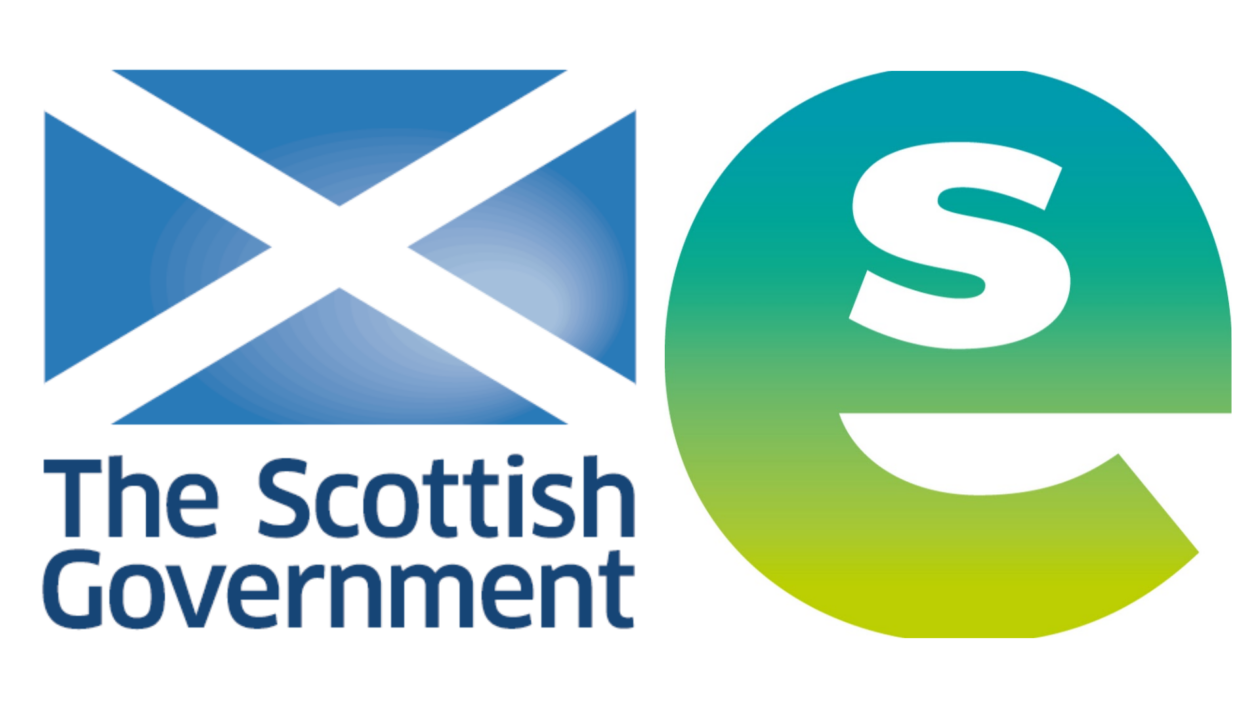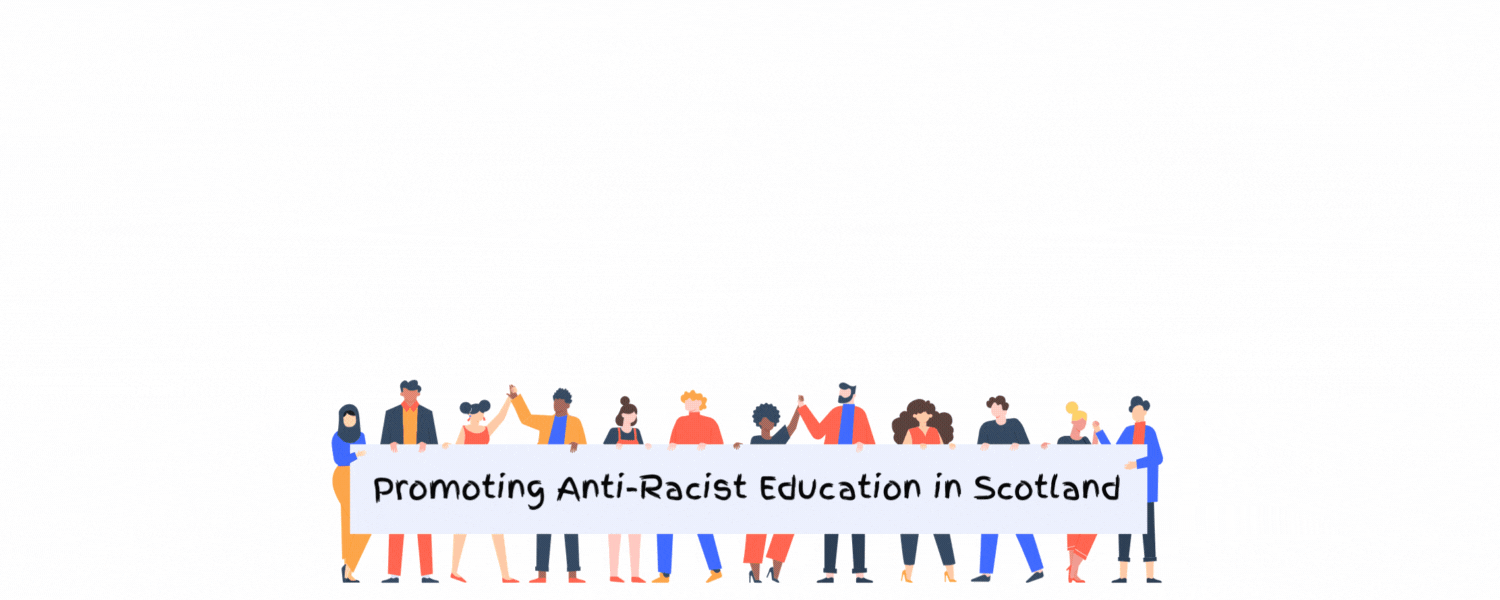Making the classroom a ‘safe space’ for learning
As educators, we try our best to make the classroom a safe space where everyone feels comfortable enough to explore sensitive topics without experiencing harm. Uncomfortable discussions are often valuable learning opportunities that every pupil can benefit from. For example, in PSHE, teachers or external organisations leading workshops often set ground rules to create a safe space and create an exceptional opportunity for pupils to write down or discuss slurs they may have heard to unpack the problematic use of that language, understand its history and the harm it can cause harm outside the classroom. Understandably, it is difficult to teach why certain words are unacceptable unless pupils know which words are being referred to. In these instances, I will assume that the educator has the best of intentions if they verbalise the N-word in a classroom. However, best intentions should be considered alongside the impact of decisions made in the classroom.
The ‘safe space’ paradox
Despite our best attempts at creating ‘safe spaces’ in a classroom, there is often no such thing for marginalised pupils (e.g. pupils who regularly experience racism, homophobia and ableism at school). When we try to create a safe space, it risks prioritising the comfort of majority ethnic, heterosexual and able-bodied pupils, or simply those who are brave enough to voice their discomfort when offensive language is discussed in an educational context. That is why some inclusive organisations are opting for the term ‘brave spaces’ instead, by recognising that spaces such as a classroom cannot be completely neutral and immune to the complex social power dynamics that exist in wider society.
Minimising Harm
As a rule of thumb, if a person from a marginalised group tells you that is not OK to say a certain word, even in educational contexts, then don’t use it. If you punch one person and it doesn’t hurt, then you punch a second person who says it hurts, do you keep punching them just because the first person wasn’t in pain? Even if the majority (or most vocal) of a marginalised group say it’s OK and a minority find it harmful, then we should stop verbalising the word as part of our quest to minimise harm.
To be able to do that, teachers need to be sensitive to the various social identities (both visible and invisible) in a classroom and the power dynamics happening within. This also requires aware of one’s positionality (i.e. the social identities a teacher possesses, such as a white cis-gendered, able-bodied woman). Simply having the role of a teacher, which is a traditional figure of authority, creates an imbalance of power. This means, a teacher (especially a white teacher) may not appear as approachable for a young person of colour who is struggling to voice their discomfort around the use of racial slurs, especially in front of a classroom full of peers.
Why Teachers Shouldn’t Say the N-Word
As mentioned above, even if it was just a small minority of Black people who had a problem with teachers using the N-word in the classroom, that would not give teachers a free pass to use it. It should go without saying that Black people do not form one homogenous group. Either way, looking at the 18,600 complaints received by the BBC after the N-word was said in full as part of a report on racist hate crime, there should be no doubt that the teachers should not be using it even if the context seems right.
Some like to point out that Black rappers use the N-words in their songs as if that means non-Black people can use it as well. The positionality of the person saying the word is important because we are social beings navigating complex social dynamics. The N-word was used historically to dehumanise Black people, to justify their murder at the hands of the non-Black people, and like some women re-appropriating the B-word, some Black people have chosen to re-appropriate the word as a form of resistance. However, for many, anti-Blackness is far too real and harmful for the violence of the word to be erased. Even in a classroom context where a teacher may be reading out the words from a book about Black empowerment. The murder of George Floyd at the hands of a white American policeman and the death of Sheku Bayoh in the custody of several white Scottish police officers in Kirkcaldy remind us that anti-Blackness is still a lived experience that many Black pupils may be experiencing in schools, both globally and in Scotland.
So even if the teacher has the best intentions, the potential impact on a pupil’s health and wellbeing should outweigh all the alleged educational value of saying the word out loud. Saying ‘N-word’ or having it in writing in historical documents, art or literature (ideally created by Black people) are more sensible options that can help safeguard the wellbeing of pupils. If there is no Black pupil in that particular classroom, non-Black pupils may equally be sensitive to the recent violence that was so publicly shared with the resurgence of the Black Lives Matter movement. At the end of the day, teachers should be modelling what they expect from their pupils and saying the N-word in full is not a behaviour we should be encouraging.
Racial trauma
Some may say that we spend too much time sanitising language, we are not preparing pupils to face the harsh realities of the world and we are reducing resilience. There may be complaints about ‘PC-gone-too-far’ and ‘cancel culture.’ But those tend to be the voices of people who don’t feel the pain of the punch.
Pupils will be exposed to anti-Blackness in the ‘outside’ world. They will see it on social media, written in texts and in graffiti on the streets. How can we say we are molly-coddling pupils, if those same pupils are dealing with hate speech on social media and in school on a regular basis? If we truly want to give them opportunities to become more resilient, then we need to create spaces where they can feel safer and heal from the racism they will face, or are already facing today.
What teachers need to consider is the racial trauma that can occur in their classrooms, despite their best efforts at creating a ‘safe’ space in a contextualised, educational environment. Racial trauma refers to the impact that racism has on a person’s health and wellbeing. What makes racial trauma so distinctive for Black people and people of colour, is that it is:
- ongoing and cumulative (experiences of racism can occur over and over again, happening across one’s life for many people),
- subjective (not everyone will react or feel the same way about racially-violent content)
- collective (an incident of racial violence in one location can have repercussions on the mental health of people across the globe, such as the murder of George Floyd affecting the mental health Black people around the world)
- historical (racial violence from the past is still emotionally distressing for the descendants of colonised and racialised people today)
With racial trauma in mind, every teacher should consider how the content of their lessons could be harming the health and wellbeing of the pupils they teach. Consider the use of trigger warnings before exposing pupils to racially-violent content. As much as possible, have conversations with pupils (collectively and individually) about what would make them feel more comfortable when learning about racially-sensitive topics. Even if there are no visible ethnic minorities present, teachers should be modelling behaviour which safeguards the mental health of those who experience racism on a regular basis.
Useful references:
Stop using the N word | gal-dem
Racism – the Threat to our Mental Health (theantiracisteducator.com)
Racial Trauma, Black History and Black Joy (The Anti-Racist Educator Podcast)
Mental Health Services for Black and PoC Youth (The Anti-Racist Educator Podcast)
‘Living While Black’ is the book getting real about racial trauma | gal-dem


